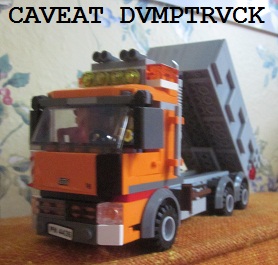[NOTE: the following is cross-posted from my other blog – just putting it here to show what my “other online persona” looks like.]
I ran across a small, free website that someone made that transforms a flat map of an imaginary planet into a globe that you can rotate with the mouse or that can be used to generate a “spinning world” gif. It’s called maptoglobe.com.
I decided I wanted to make one for my planet, Arhet – just out of curiosity. This did have a few minor technical challenges. First, I had to “knit” together the tile images for Arhet. I found a nice utility that does this, an application called tile-stitch by Eric Fischer. It can be found on github. Except for one small problem, I just followed the documentation provided on the github README. That one problem: to get it to work in my machine, I needed to modify the code in the stitch.c file to include the full path to the geotiff utilities. So…
Original code:...
#include <geotiffio.h>
#include <xtiffio.h>
...
My version:...
#include </usr/include/geotiff/geotiffio.h>
#include </usr/include/geotiff/xtiffio.h>
...
Once that was set up, I simply extracted the tiles at zoom level 5 from the Arhet2-carto render using the tile-stitch utility, with this command
./stitch -o arhet5.png -- -85.05 -179.99 85.05 179.99 5 https://tiles01.rent-a-planet.com/arhet2-carto/{z}/{x}/{y}.png
That got the whole planet into a square .png file, which I called arhet5.png.
The next problem is that the maptoglobe website requires the map image to be in a equirectangular projection. But the tiles for Arhet are in the modified mercator projection used by almost all online “slippy maps,” classified as EPSG:3857.
So the arhet5.png file was in the wrong projection. I found out I could use another utility that I already had, the gdal library, to do this job. I ran the following commands.
/usr/bin/gdal_translate -of Gtiff -co "tfw=yes" -a_ullr -20037508.3427892 20036051.9193368 20037508.3427892 -20036051.9193368 -a_srs "EPSG:3857" "arhet5.png" "arhet5_tfw.tiff"
/usr/bin/gdalwarp -s_srs EPSG:3857 -t_srs EPSG:4326 -ts 6400 3200 "arhet5_tfw.tiff" "arhet5.tif"
These produced a .tif file in the right projection, 6400 x 3200 pixels. I then opened this file and resaved as .png again (because this is a more compact format that is therefore uploadable to maptoglobe.com – which has a maximum file size limit).
I then uploaded that .png file to the maptoglobe site, and it allowed me to save the resulting “globe” – it’s accessible here. Further, I was able to make this nice little spinning planet gif:

That’s the planet Arhet, as it currently stands – note that most of the mapping there is not my own, but the work of the various other Arhet members who have joined me in my experiment.
That worked out so well that I did the same thing for my own private planet, Rahet (note that the names Arhet and Rahet are obviously related; Rahet came first, and when I decided to change the project and invite other participants, I renamed the old Rahet as Arhet, and then resurrected the old Rahet later and as a separate project again).
Here is a the link for Rahet on the maptoglobe site, and here is the spinning planet gif:

So those are pretty cool. Remember that the original “slippy maps” (HRATEs) of these two projects are on the map portion of this website, here and here.
![]()
